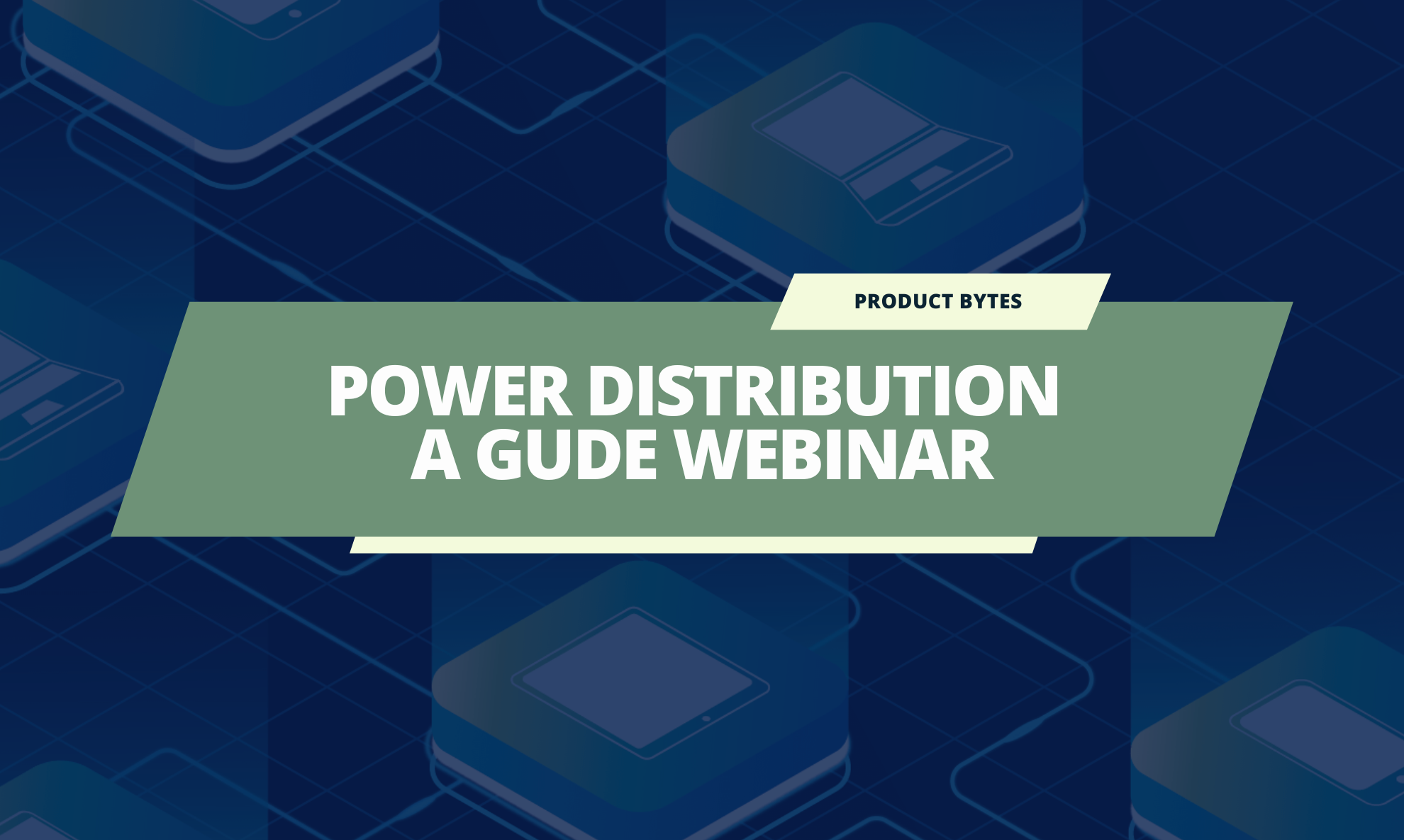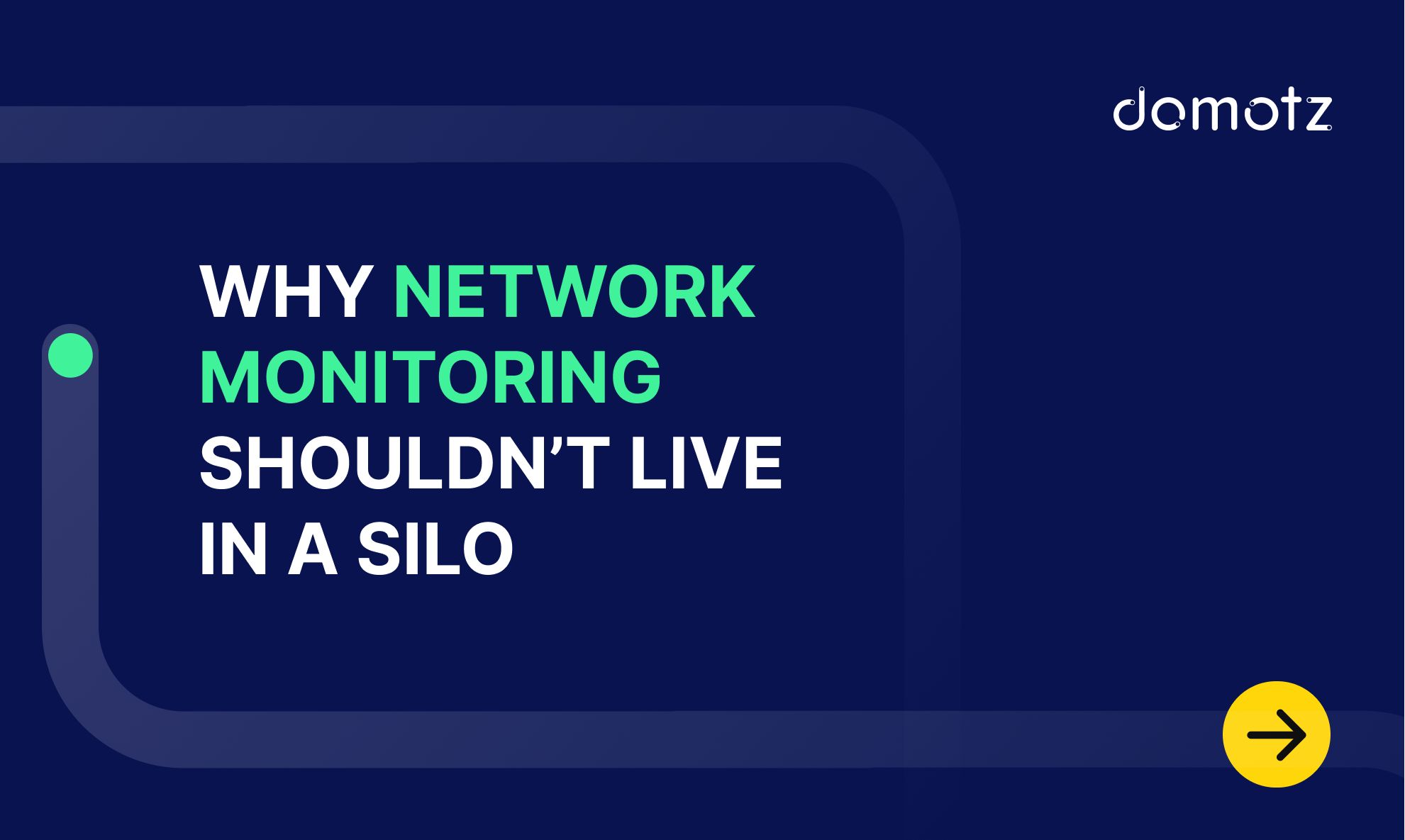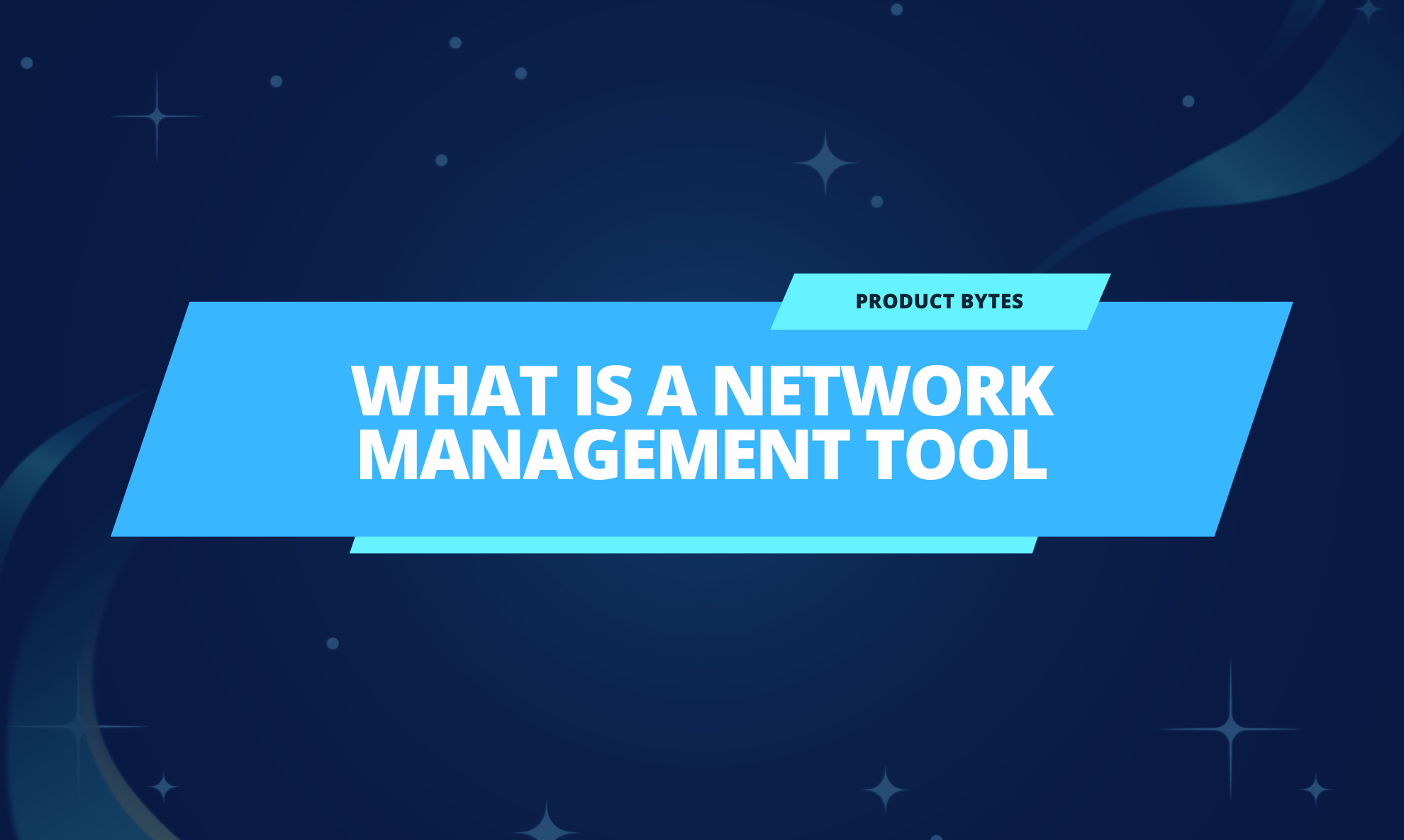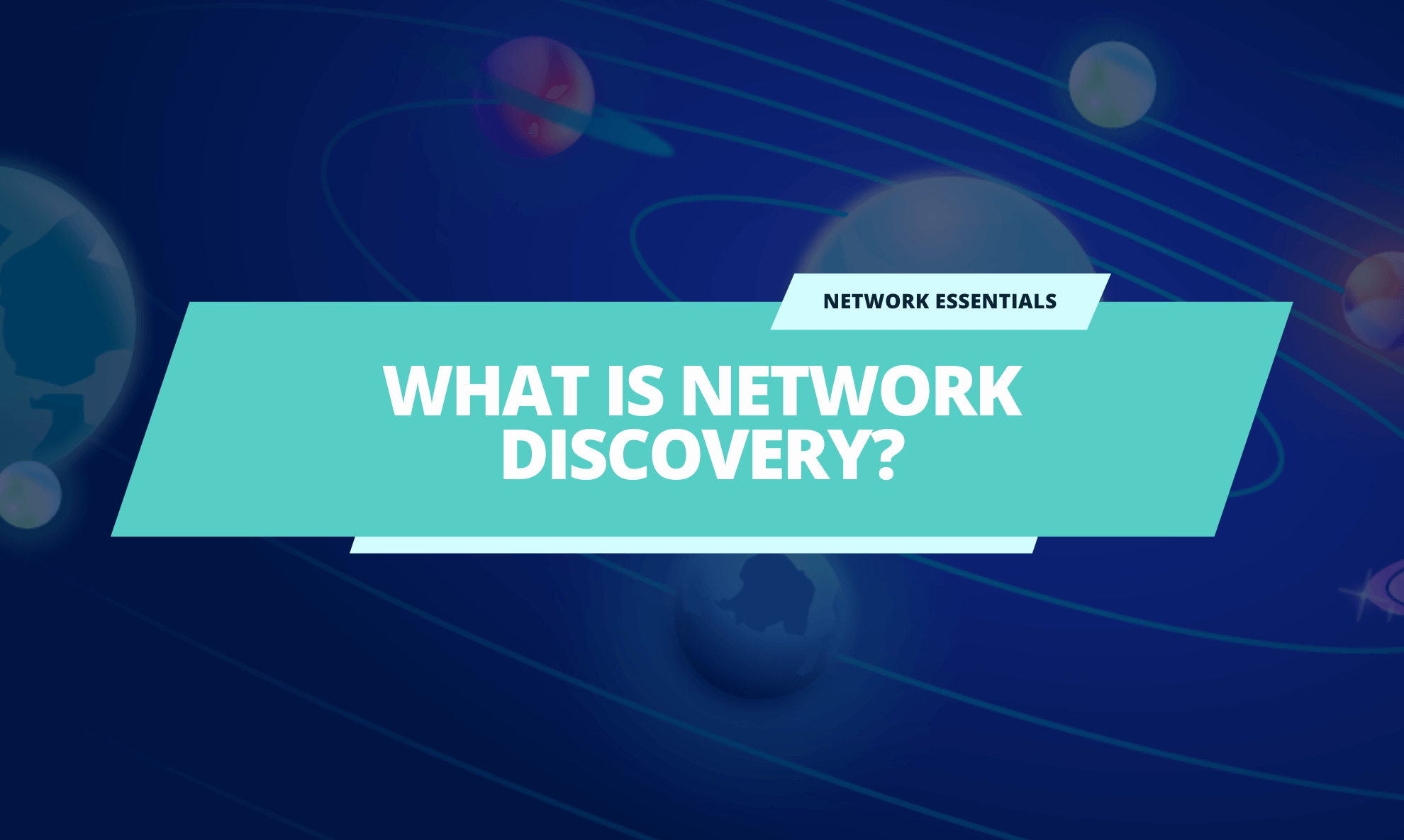There are many approaches to systems management, but one of the most effective strategies is the easiest to overlook: integrating power distribution into your workflow.
Why is the ability to remotely power cycle devices such a game-changer? What kinds of hardware can help you achieve the remote system monitoring dream?
Domotz’s JB Fowler explored these ideas in an insightful webinar with Philipp Gude of GUDE Systems, energy monitoring systems. Here’s what they discussed and why it might change your approach to boosting performance and reliability.
Watch the Webinar here:
Evolving the Current State of Power Distribution Management
Being able to remotely power cycle a device in a troubled state is extremely powerful. It’s not just about convenience – it’s a cost-saving measure.
Integrators with remotely managed outlets can avoid expensive truck rolls and wasteful diagnostic visits. The benefits also go beyond remote rebooting. You can meter devices and leverage more data to provide better services. PDU control also helps you overcome the following three challenges:
1) Avoiding Frequent, Overly Long Downtimes
Visiting a physical site and manually rebooting takes time, as does hiring a third party to handle your power management.
Remote control minimizes downtime, which is critical to avoiding revenue loss and customer headaches. In other words, achieving everything that helps you succeed as an integrator.
Remote power cycling is the smarter alternative. It allows you to achieve all the same tasks without doing everything manually or heading to a site.
2) Sidestepping Overly High Electricity Costs
As Phillipp pointed out, effective PDUs include smart monitoring. You can see consumption in real-time and on a per-device level, offering a bit more fine-grained information than you’d get from typical setups.
In a world of rising electricity costs, this is great news for savings and certification. If you’re trying to go greener, monitored PDUs equip your IT teams with accessible data they can share with your sustainability officers.
Modern regulatory climates like those in the EU place increasing emphasis on knowing how much power you’re using. Even countries like the U.S., which hasn’t always been so sustainability-conscious, are getting on the bandwagon. Having more data makes it easy to set alerts for overconsumption before it becomes a problem.
3) Minimizing Power Surge Problems
Electrical grid surges come in many forms: the infamous lightning strike isn’t the only culprit. Other appliances can cause interruptions, as can faulty grids and a host of similarly unpredictable factors. As JB mentioned, even your industry of choice may make you more outage-prone, such as if you use printers and air conditioners.
Providers like GUDE push for integrated surge protection and power conditioning in every PDU. The goal should be to keep power consistent, and per-device granularity makes this far easier.
4) Reducing On-site Support Costs
The true toll of on-site support events can be hard to grasp. For instance, unexpected support calls eat up time due to travel and assessments. There’s also the fact that you may need to dedicate staff to the fix when they could be bringing in new revenue. You may even have to make multiple trips.
A PDU may be more expensive than a simple power strip, but the ability to cycle it remotely pays for itself, especially since doing so often fixes the problem. Also, avoiding the cost of a single unnecessary truck roll is only part of the equation. PDUs like GUDE’s offerings can be combined with Domotz to automate reboots, minimizing human intervention using APIs, custom scripts, and dashboards.
What to Look for in an Effective PDU for Streamlined Remote Monitoring and Management
Remote-managed PDUs come in a range of options. Philipp and JB hit on a few features found in the most effective devices:
- DC control: More integrators are looking for dedicated DC control lines. This may take the form of 5V or 12V lines, but in any case, it’s helpful to have a USB or other types of DC output. As JB pointed out, it’s way better than dealing with pigtails!
- IEC AC connectors: There’s no disputing it – wall warts are an impossible mess. PDUs that stick to IEC connectors save space and waste less heat.
- Rack-mount compatibility: PDUs that integrate seamlessly into rack-mounted units can make life easier by keeping your server rooms cleaner.
These features aren’t all must-haves, but there’s a common theme. They all facilitate more convenient, flexible remote monitoring. By choosing your managed PDUs and outlets carefully, you can make future jobs less labor-intensive.
Real-world Examples of PDU-Enabled Management
Domotz software and GUDE PDUs make a versatile combination, but are there specific situations where they shine? Philipp and JB shared some real-world examples of problems remote management has solved:
Helping a University Overcome Limited Human Resources
A university with 300 classrooms had an IT problem. When things went wrong in a classroom, the institution had to send someone to the specific site – a tough task for an admin team of just a few people!
The solution here was to put a managed PDU in each room. This allowed the admins to do everything remotely and save time.
As JB said, universities are a prime example of the potential because they typically have limited resources and large campuses. Also, they cater to users (in this case, faculty and students) who may lack technical knowledge.
Making Enterprise Companies More Energy-Efficient
Large Fortune 500 companies are global entities. Some maintain thousands of rooms around the world serviced by lean IT teams. PDUs help these global enterprises stay better connected to their power consumption data and reduce waste.
Serving Residential IT Setups of Increasing Complexity
As homes become more connected, their data infrastructures grow accordingly. Philipp said that some high-end luxury residences are like small data centers. Residential projects are increasingly similar to business AV projects.
Homeowners definitely don’t provide their own support – they just want to know that things work. Remote-managed PDUs help integrators solve problems more efficiently, eliminating on-site support calls and reducing reaction times.
Improving the Reliability and Revenue Potential of Digital Signage
Large big box stores, like Home Depot, increasingly depend on digital signage. When these units fail, as they often do, a reboot is often the answer.
Sales staff don’t always have the technical know-how or time to perform power cycles. Some companies may not have on-site IT teams either, but PDUs can handle the job remotely.
This use case is also easy for integrators to pitch to retailers: retail display outages directly translate to lost revenue. The easier you make it for retailers to promote consistent messaging, the more they stand to profit.
Wrapping up With a Live Example
Philipp and JB finished by showing how Domotz’s secure cloud connectivity and GUDE’s PDUs work together in real life. They gave the audience a quick preview of the types of data they could see from their Domotz dashboard. They also shared some of the features and functions they’d find right in their PDU-connected dashboard. Later, the duo addressed viewer questions, like covering the nuts and bolts of how the software uses RESTful APIs behind the scenes to talk to the hardware.
This was a great webinar for any integrator considering upgrading their monitoring game.
Join our YouTube channel, and stay tuned for the next session!
Further reading:



